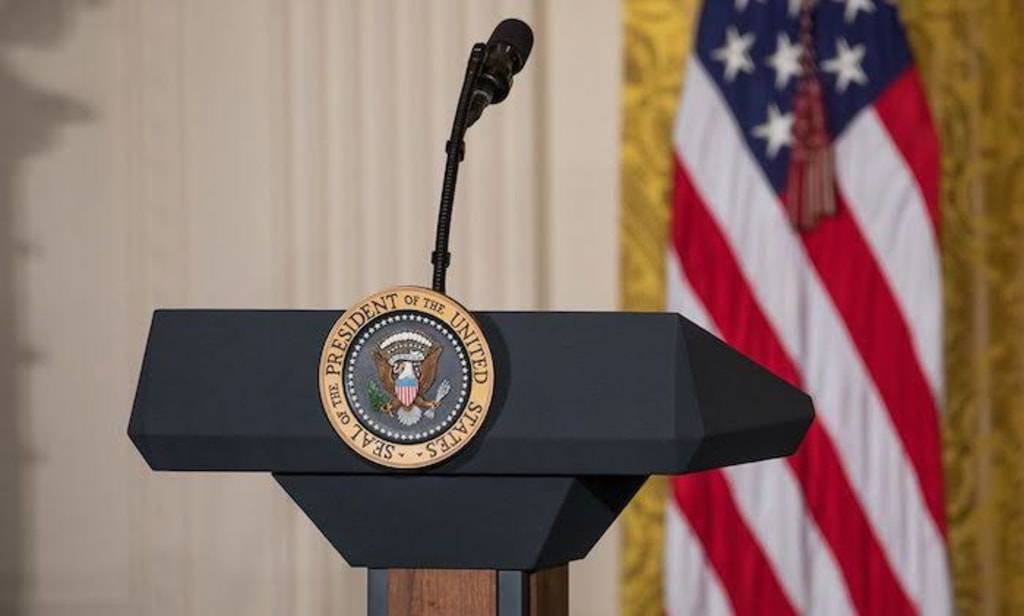The American presidency is one of the most iconic and influential offices in the world. Since the founding of the United States, the presidency has been a symbol of both authority and accountability, embodying the ideals of democracy while steering the country through its challenges and opportunities. It represents the highest level of leadership, reflecting the aspirations, struggles, and evolution of a nation. This article delves into the history, responsibilities, challenges, and future of the presidency, highlighting its role as a pillar of democracy and leadership.
Origins of the American Presidency
The presidency was born out of the Constitutional Convention of 1787. The Founding Fathers faced a monumental challenge: creating an executive branch that was strong enough to govern effectively but limited enough to prevent tyranny. The memories of British monarchical rule were fresh in their minds, and they were determined to craft a system that balanced power among the branches of government.
The result was a presidency defined by the Constitution, an office with clearly delineated powers and responsibilities. George Washington, the first president, set the tone for the role, establishing critical precedents such as the peaceful transition of power and the two-term limit, which later became law through the 22nd Amendment. Washington’s tenure demonstrated that the presidency could wield significant influence while remaining grounded in democratic principles.
Powers and Responsibilities of the Presidency
The Constitution grants the president a range of powers, both explicit and implied. The president serves as the commander-in-chief of the armed forces, ensuring national security and overseeing military operations. In foreign affairs, the president negotiates treaties, appoints ambassadors, and represents the United States on the global stage.
Domestically, the president has the power to sign or veto legislation, recommend policy initiatives to Congress, and appoint federal officials, including Supreme Court justices. The president also plays a symbolic role, serving as the face of the nation and a unifying figure in times of crisis.
Over time, the scope of presidential powers has expanded, often in response to national emergencies or shifts in societal expectations. For instance, during the Great Depression, Franklin D. Roosevelt used executive authority to implement the New Deal, fundamentally reshaping the relationship between the federal government and the American people. Similarly, in the aftermath of 9/11, George W. Bush’s presidency saw the expansion of national security measures and executive powers to address the threat of terrorism.
The Presidency in Action: Milestones and Achievements
Throughout American history, presidents have been at the forefront of transformative moments. Abraham Lincoln preserved the Union during the Civil War and abolished slavery, reaffirming the nation's commitment to freedom and equality. Theodore Roosevelt championed progressive reforms, regulating industry and conserving natural resources.
The mid-20th century saw presidents like Franklin D. Roosevelt and Lyndon B. Johnson use the power of the office to address systemic challenges. Roosevelt's leadership during World War II and the New Deal programs set the stage for modern governance, while Johnson's Great Society initiatives tackled poverty and civil rights issues.
More recently, Barack Obama’s presidency marked a historic milestone as he became the first African American president, inspiring millions and addressing critical issues like healthcare reform. Each president’s tenure reflects the evolving priorities of the nation and the unique challenges of their time.
Challenges of the Presidency
The presidency is not without its trials. The immense power of the office is tempered by an equally immense level of scrutiny. Every decision, whether domestic or international, is subject to public opinion, media analysis, and political opposition.
Presidents must navigate a complex political landscape, often marked by partisan divisions. Balancing the needs of a diverse electorate with competing interests in Congress can be daunting. Moreover, presidents face the challenge of addressing global issues such as climate change, cybersecurity, and international conflict while maintaining America’s leadership on the world stage.
The rise of social media and the 24-hour news cycle has added another layer of complexity. Presidents now operate in a digital age where every statement and action is instantaneously broadcast and dissected. While this offers opportunities for direct communication with citizens, it also amplifies criticism and polarization.
The Role of Leadership in the Presidency
At its core, the presidency is about leadership. Effective presidents inspire trust, set a clear vision for the country, and mobilize resources to achieve their goals. Leadership requires balancing pragmatism with idealism, ensuring that policies address immediate needs while advancing long-term objectives.
Presidents must also act as crisis managers. From natural disasters to economic recessions and geopolitical conflicts, the president is expected to provide stability and reassurance. For example, Franklin D. Roosevelt’s fireside chats during the Great Depression and George W. Bush’s address following the 9/11 attacks exemplify how presidents can unite the nation during difficult times.
The Presidency and Democracy
The presidency is intrinsically tied to the democratic fabric of the United States. Unlike monarchies or autocracies, the president derives authority from the people through regular elections. The peaceful transfer of power, a hallmark of American democracy, underscores the legitimacy and resilience of the system.
While the president holds significant power, the system of checks and balances ensures accountability. Congress, the judiciary, and the media all play critical roles in monitoring and limiting presidential authority. This balance is essential for maintaining the integrity of the office and preventing abuses of power.
The Future of the Presidency
As the world changes, so too must the presidency. Technological advancements, shifting demographics, and global challenges require a president who can adapt and innovate. The rise of artificial intelligence, for example, will pose ethical and practical questions about governance and national security.
Climate change and global health crises will demand international cooperation, with the president playing a pivotal role in fostering alliances and leading initiatives. Domestically, addressing issues such as income inequality, healthcare, and systemic racism will remain critical priorities.
The presidency must also navigate a polarized political environment, finding ways to bridge divides and restore faith in democratic institutions. Future presidents will need to embody both competence and empathy, uniting the nation while addressing its most pressing concerns.
Conclusion
The American presidency is more than an office; it is a reflection of the nation's ideals, challenges, and aspirations. From its humble beginnings under George Washington to its current role as a global powerhouse, the presidency has evolved to meet the demands of a changing world.
As a pillar of democracy and leadership, the presidency serves as a reminder of the power of collective governance and the enduring spirit of the American experiment. While the challenges are immense, the opportunities to lead and inspire are equally profound. In the hands of capable and visionary leaders, the presidency will continue to guide the United States toward a future rooted in liberty, justice, and equality for all.


